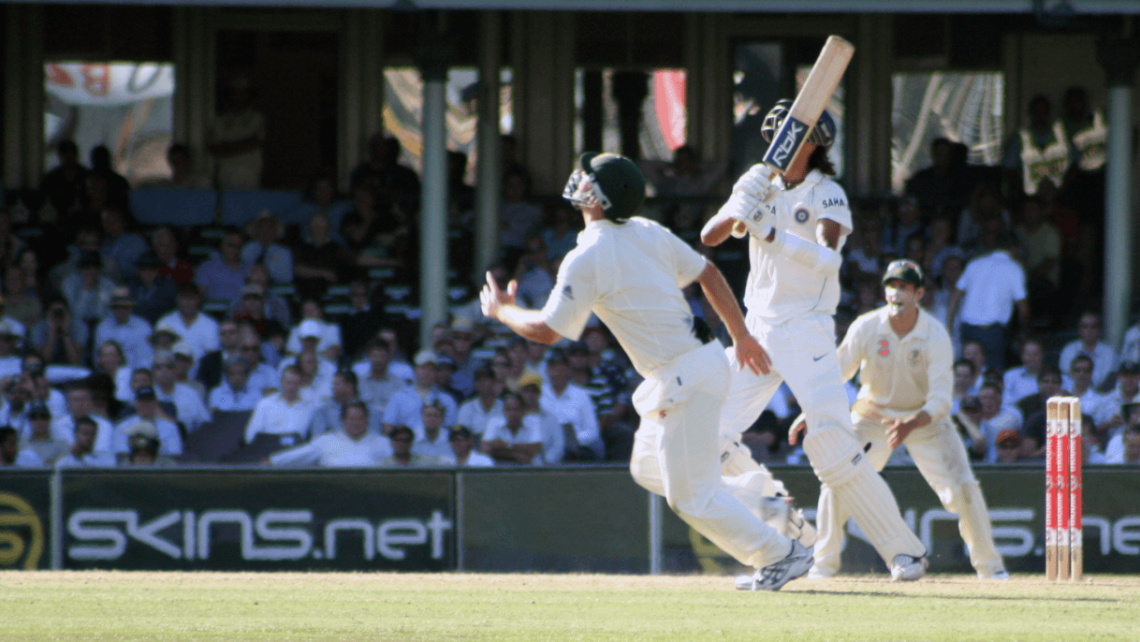
Batsman out in Cricket World.
There are a variety of ways players can get away from the sport of cricket. They are all described below. Batsmen can also be retired. This is often referred to as the non-official 11th method of retiring. In most instances, a player is not allowed to be released in the absence of a ball or a wide with the exception that results from a run-out or handling the ball, or obstructing the fielder.
List of Ways to Get Out in Cricket
- Caught is the most frequent method of giving a player out in the event that the ball gets hit by the ground before being caught. It could also fall out of the glove or hand of the batter as well as bringing diverted from other parts of the fielder or batter in the event that it doesn’t come into direct contact with the ground.
- Bowled When the wicket is knocked to the ground through a ball that has been bowled.
- Leg before Wicket (LBW): If the ball goes to the batsman and could have hit the wicket even if the batsman wasn’t there (and the ball is not played on the left side of the wicket in the event that no stroke was executed)
- Stumped A wicketkeeper places on the wicket, when the batsman has stepped in his crease but is not trying to make a hit.
- “Run out” is when a wicket is laid down, but there is no bat or player anchored behind the crease that is popping
For more information and to earn money online then Best Dream 11 Prediction Youtube Channel
- Hit Wicket is when the player is able to break the wicket when trying to hit or avoid the delivery. It can happen by using a bat or the body.
- Handled the Ball handing the ball by hand and that is not touching the bat without permission from the opposing hand.
- Obstructing the Field: the moment a batsman willfully hinders his opponent through words or actions.
- Hit the ball twice: unless he is trying to protect his wicket, or has the approval from the opponent.
- Timed Out The next batsman is due greater than 3 minutes to get at the field ready to take on an opponent (or on the opposite side of the crease).
You May Also Like

Online Cricket Betting in India
January 24, 2022
Tips to Choose the Right Property Consultant for you
June 13, 2021
